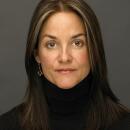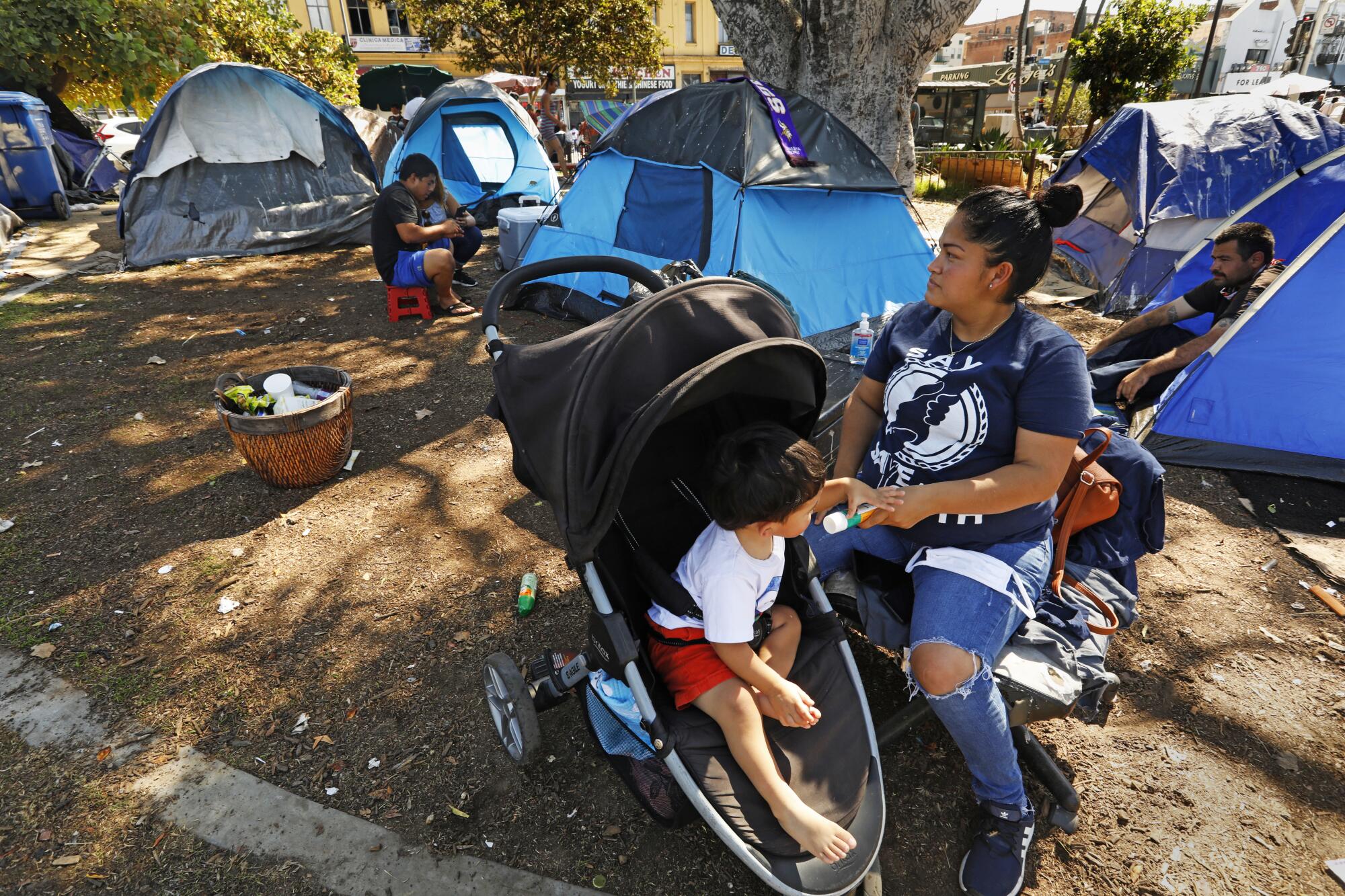
In the fight to reclaim Los Angeles’ public spaces, a new battleground is about to open just west of downtown. MacArthur Park, where homeless tents lie scattered among jacarandas, crape myrtles and palms, will be closed starting Oct. 15.
The popular but benighted destination for residents of the city’s Westlake neighborhoods will join Echo Park and the Venice boardwalk as a potential flashpoint between the unhoused living in the park, their advocates, residents and city agencies attempting to do their jobs.
Billed by the city as a “rehabilitation,” the closure is limited to the portion of the park south of Wilshire Boulevard and will last for about 10 weeks, said L.A. City Councilmember Gil Cedillo, whose district includes the park. The city’s Department of Recreation and Parks will use the time to catch up on maintenance that had been deferred due to COVID-19 limitations.
Acting as a liaison between the community and the city, Cedillo is overseeing the effort and believes that the controversies that arose over recent relocations of homeless camps in other parts of the city will not occur at MacArthur Park.
“We have tried to learn from the experiences of our colleagues in Echo Park and Venice — and from the city collectively as we figure out how to go forward,” he said.
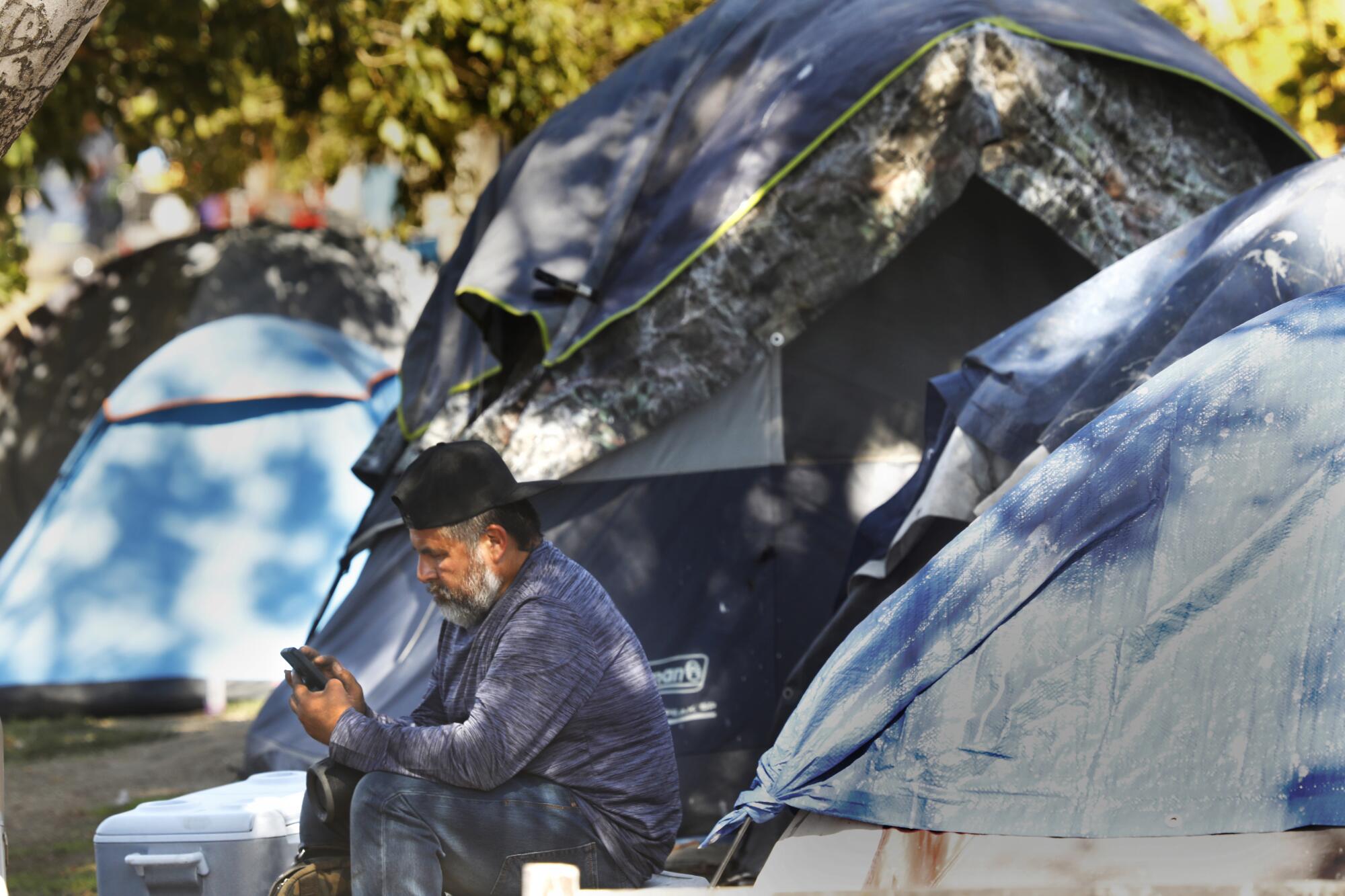
Residents of the neighborhood, however, are less assured. They value this rare open space, set in one of the city’s most dense neighborhoods where on weekends families stroll, sample watermelon or pineapple slices from a vendor and listen to an accordion player tap out a norteño amid circling seagulls.
They worry that the closure will be a replay of the showdown that took place less than two miles away in March, when encampments at Echo Park became an angry symbol of city’s inability to balance the needs of a community with the plight of individuals who have no other place to live than public spaces.
“I will not stand by while another ‘Echo Park’ happens here,” wrote Tom Bellino, a board member with the MacArthur Park Neighborhood Council, on Twitter.
Aware of the obvious parallel, Cedillo’s office has prepared a “contrast chart,” differentiating its approach to MacArthur Park with the closure of Echo Park. Foremost is the advance notice that the unhoused residents of MacArthur Park have been given.
“We have been working on this since January,” said Cedillo, when Los Angeles Homeless Services Authority and the homeless agency PATH began relocating individuals into shelters or housing. From January through Sept. 29, more than 160 have been moved from the park into housing, he said.
Estimating the number of the unhoused individuals at MacArthur Park is an imprecise science, given the transience of the population, but 45 tents were counted Sept. 29 scattered throughout the 32 acres, divided by Wilshire Boulevard, according to Jose Rodriguez, deputy district director for Cedillo.
“Twenty-five of those were on the lake side,” he said.
Outreach efforts in MacArthur Park have been complicated by the presence of MS-13, a street gang that has long considered the park critical territory, Rodriguez said. Through extortion and violence, gang members intimidate regular visitors to the park, who are among the city’s poorest and most marginalized residents. Especially brutal attacks have targeted transgender women who visit the park.
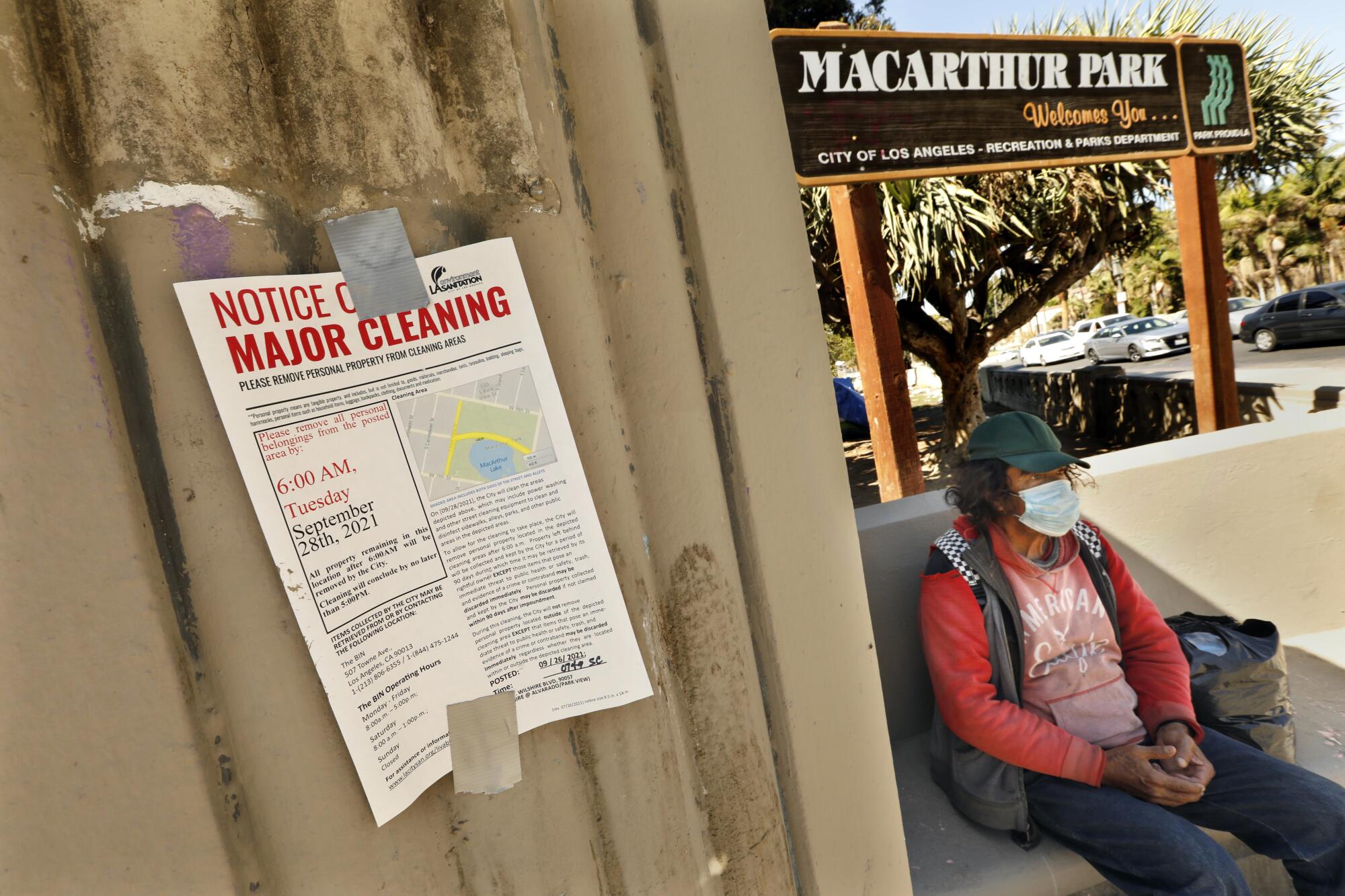
Throughout Los Angeles, rising crime and a rash of tent fires in encampments earlier this year have brought new urgency to the tragedy of homelessness that has only gotten worse during the pandemic. Homeless agencies estimate that a little more than 41,000 individuals are living on the streets of the city, a number that is expected to rise as eviction moratoriums end.
By giving homeless individuals living in MacArthur Park two weeks to prepare to leave, the city hopes to soften the trauma of relocation. Similar efforts this last year have been more jarring.
For the record:
4:38 p.m. Oct. 4, 2021An earlier version of this article said a protest against the cleanup of homeless encampments at Echo Park resulted in about a dozen arrests. Authorities said 182 people were arrested.
In March, Councilman Mitch O’Farrell took the lead in an effort to clean up the city’s historic Echo Park, where nearly 200 tents and furniture had lined walkways and landscaped areas for much of the year. The effort drew hundreds of protesters, and authorities arrested 182 people.
Afterward, Councilman Mike Bonin proposed that parks and beaches in the city be considered for “safe camping,” a program that would allow homeless people to pitch their tents in specific public spaces and receive homeless services. Homeowners and local residents objected. Some argued for Bonin’s recall.
Then in June, a homeless woman was arrested after she pulled out a knife a few feet from City Councilman Joe Buscaino, who was visiting Venice to make the case that tents on sidewalks, in parks and beaches were inhumane and should be banned more forcefully.
The incident occurred just as Bonin was about to launch a program to relocate more than 200 homeless people from the Venice boardwalk, which soon devolved into a turf war between his office and Los Angeles County Sheriff Alex Villanueva, who sent foot patrols to the boardwalk and said tents should be cleared by July 4.
The rehabilitation at MacArthur Park, according to Cedillo’s office, came after a number of community meetings and involvement. Residents cited maintenance and public safety as their top priorities.
MacArthur Park was last renovated between 1991 and 1994, when more than $6 million was spent on improvements that included draining the lake and installing a new aeration system, pump house and fountain.
At the time, Metro was building nearby tunnels for its Red Line and planners had hoped to turn 12 acres around the Metro Rail station into a residential village with 250,000 square feet of retail space, 250 housing units, medical facilities and a day-care center. The development was an attempt to address an emerging crisis in the city: the lack of affordable housing.
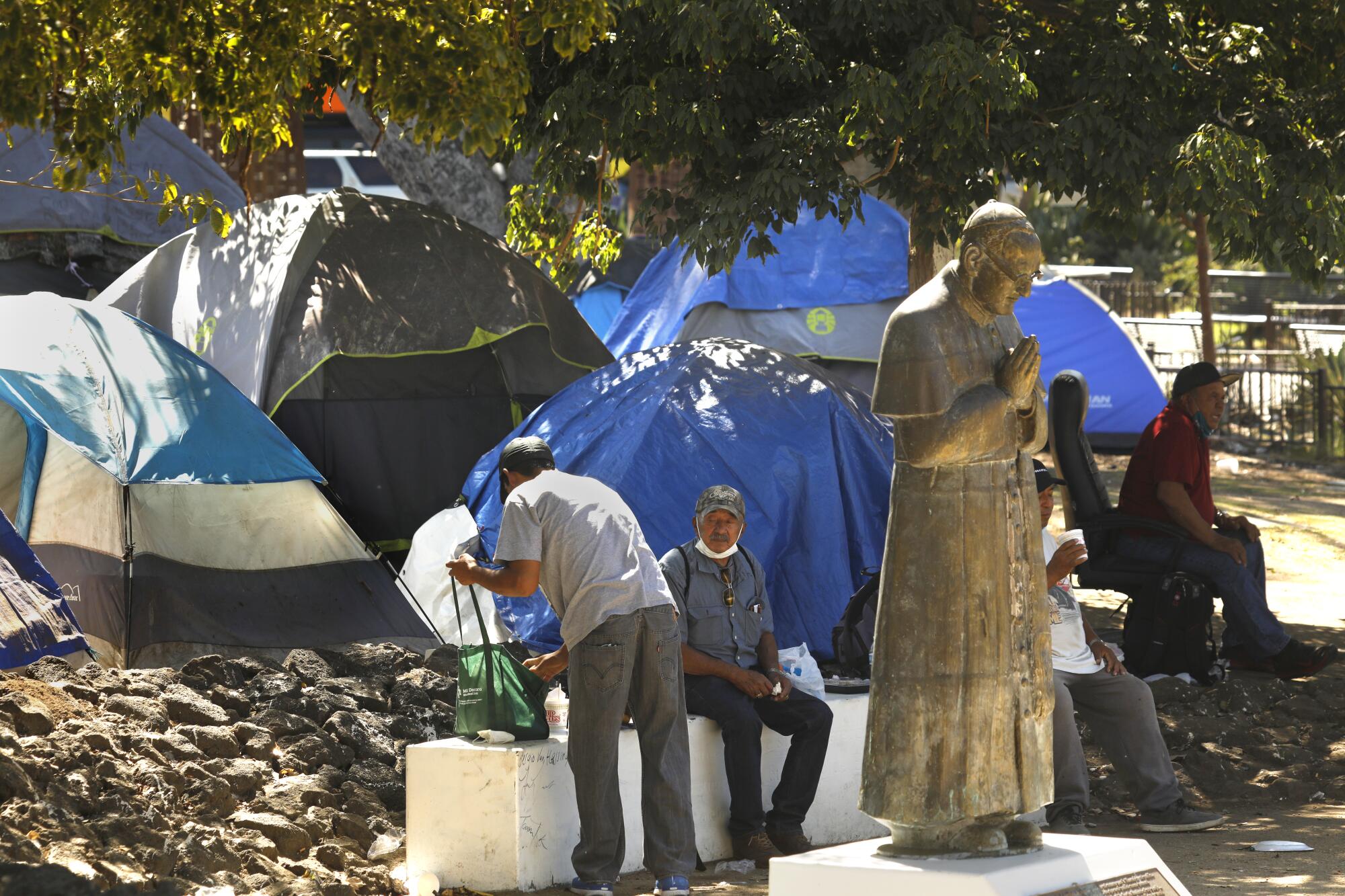
The work this fall at MacArthur Park, which will cost $1.5 million and include upgraded lights, replanted lawns, repairs to the irrigation systems and new park benches, is one step toward a more ambitious, long-term plan of integrating the park with the neighborhood.
“At the end of the day, we believe everyone needs a park that is clean, safe and secure and serves all of the community,” Cedillo said.
Cedillo anticipates the park to be open again in January when the fencing and barricades will be completely removed.
More to Read
Sign up for Essential California
The most important California stories and recommendations in your inbox every morning.
You may occasionally receive promotional content from the Los Angeles Times.




